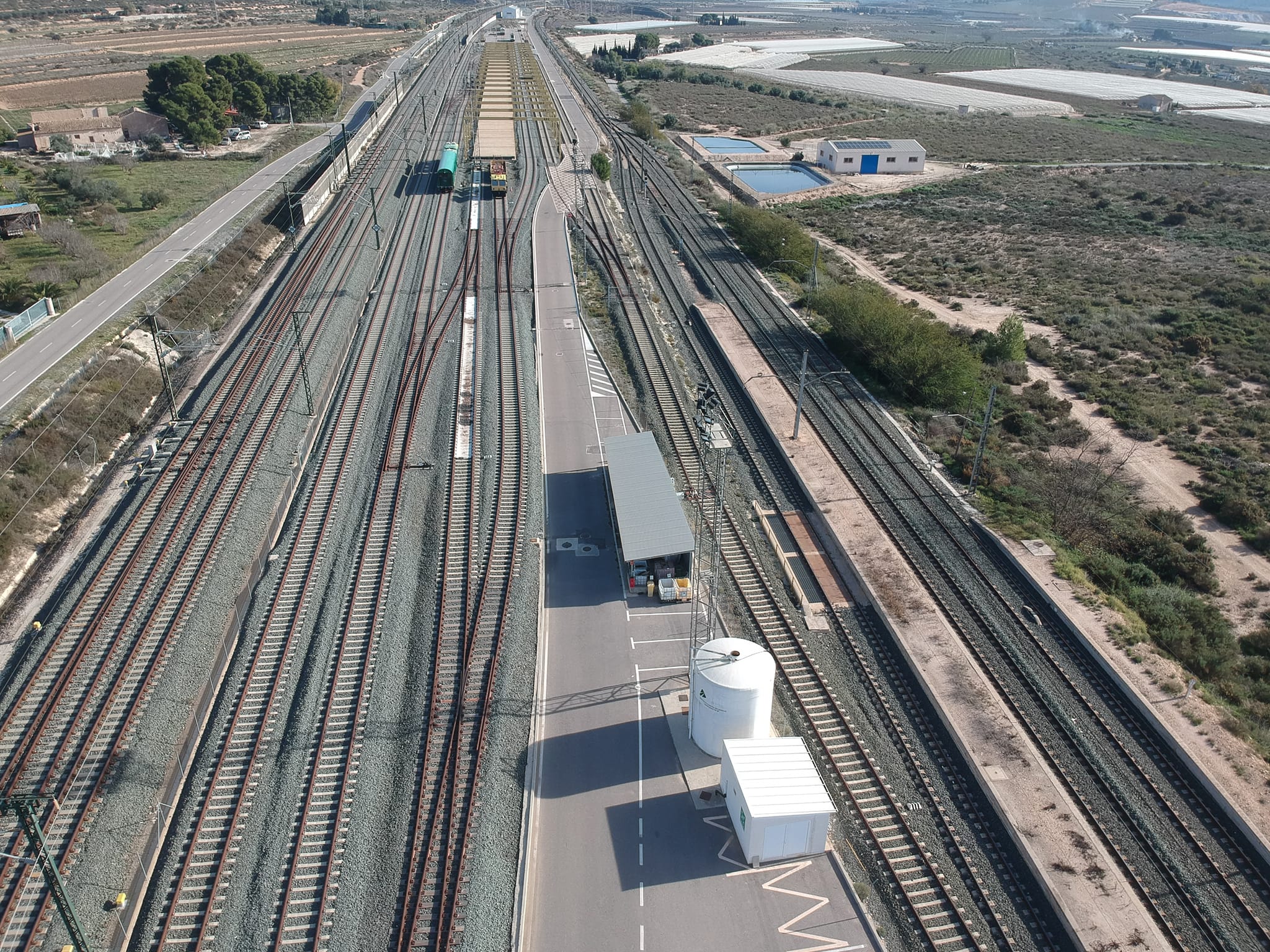By the end of the 2022-2026 period, Adif and Adif AV will complete an investment of EUR 24.1 billion, more than half of which will be allocated to the conventional network, commuter trains and freight, and of which approximately half will have already been executed in accordance with the PGEs by the end of 2024.

The entities plan to make the rest of the investment in the next two years (2025-2026) to continue promoting hundreds of ongoing and planned actions to renew the conventional network and its stations, equipping them with the latest technology, greater capacity and features, and completing the development of the largest high-speed network in Europe.
This is reflected in the Adif and Adif AV Activity Programme 2022-2026 updated to 2024, a document that, developing the Indicative Strategy for the development, maintenance and renewal of the railway infrastructure approved by the Ministry of Transport on December 31, 2022, presents the ‘still photo’ of the investments with which the entities materialize their strategy of consolidating the railway as the axis of sustainable mobility for local and long-distance passenger transfers, and so that more and more merchandise gets on the train.
This five-year investment programme, which is now halfway through with approximately half of its investments already implemented in accordance with the PGEs, also contributes to territorial structuring, multimodality, and economic growth and job creation, due to the knock-on effect of investment and the opportunities that they generate in terms of greater mobility possibilities for people and companies.
Boost to conventional network
More than half of the investment by Adif and Adif AV for these five years (EUR 12,108 million) is allocated to the conventional network, commuter and freight trains, an amount that thus exceeds that of high speed.
In addition to investments in the various commuter rail hubs, work is being financed to boost freight traffic by rail: adaptation of lines to accommodate motorway rail traffic, renovation and digitalisation of logistics hubs (Vicálvaro, Valladolid, Fuente de San Luis, La Llagosta, Júndiz and Can Tunis) and connections to ports (Sagunt, Castellón and A Coruña).
In addition, work is being done to renovate and modernise the various conventional railway line corridors, and to renew the network’s signalling, electrification and communications systems.
Adif to expand high-speed network
Adif AV will invest another EUR 12 billion between 2022 and 2026 to continue expanding the high-speed network and reinforce the one currently in service (4,000 km, the largest in Europe). Of this, around EUR 7 billion are expected to be spent by the end of 2024.
Specifically, investments are highlighted in the high-speed corridors under development – High Speed Lines (HSLs) to Cantabria, the Basque Country, Navarre, Extremadura and Almería – and actions to improve the connectivity of the network in service: transversal connections such as the Olmedo bypass or the link with Madrid-Barajas airport, and extensions and remodelling of large stations.
There is also a significant commitment to modernising the network in service, especially with the comprehensive renovation of the Madrid-Seville high-speed line.
Almost all of the investment in Adif and Adif AV corridors is within the two European corridors, the Atlantic Corridor and the Mediterranean Corridor: those that form part of the Atlantic corridor add up to 4,846.5 million in the five-year period; those of the Mediterranean, 5,556.6 million, and those of the sections common to both, 2,061.6 million.
Backing from Europe and investors
These investments have guaranteed financing. In addition to the contributions set out in the agreement with the State, the backing of Europe stands out through contributions from European funds (total of 1,375 million in the period) and MRR (more than EUR 4,000 million) and, as regards Adif AV, it is worth noting the confidence of institutions such as the EIB and investors through the subscription of bond issues and ‘green bonds’.
In order to promote the liberalisation process of rail transport of passengers and goods, Adif and Adif AV plan to maintain the current tariff level during the period.
The Adif and Adif AV Activity Programme – which, as established by the Railway Sector Law, is carried out for five-year periods, with annual updates – is aligned with the European Railway Directives and Corridors and, at the national level, is integrated into the Safe, Sustainable and Connected Mobility Strategy 2030 and the Indicative Strategy of the Ministry of Transport and Sustainable Mobility. In addition, it has had the participation of more than thirty agents and institutions from the sector.
The Programme’s investments drive the development of the various actions underway, some of which are initiated or completed during the period and others advance within the framework of different or broader development plans (the Cercanías plans have different development periods).
All actions contribute to achieving OSDs 9 (promoting reliable, sustainable and quality infrastructure), 7 (sustainability), 8 (economic growth and job creation) and 11 (inclusive cities with access to sustainable transport).
Share on:



